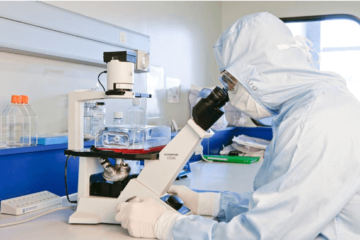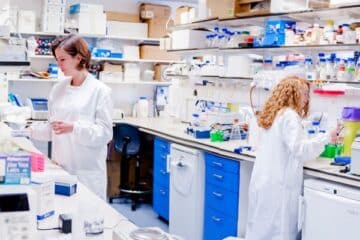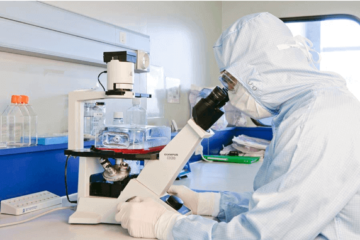Heart Disease Reversal with Stem Cell Advances
**Heart Disease Reversal: Stem Cell Advancements**
Recent advancements in stem cell therapy offer promising avenues for reversing heart disease. من خلال تسخير القدرة التجددية للخلايا الجذعية, researchers are exploring innovative treatments to restore damaged heart tissue and improve cardiac function. This excerpt analyzes the latest developments in stem cell-based approaches to heart disease management, highlighting their potential to transform patient outcomes.












